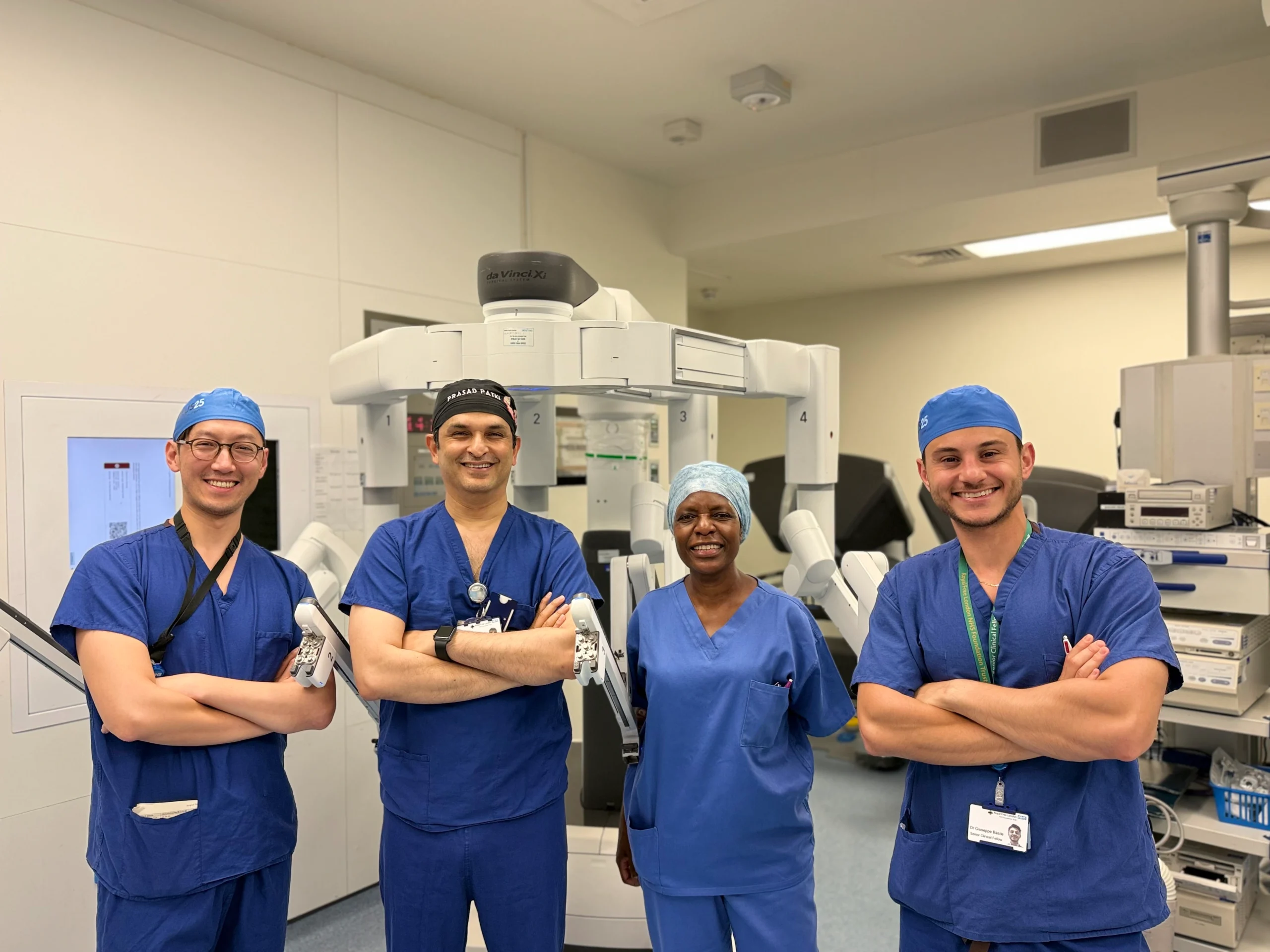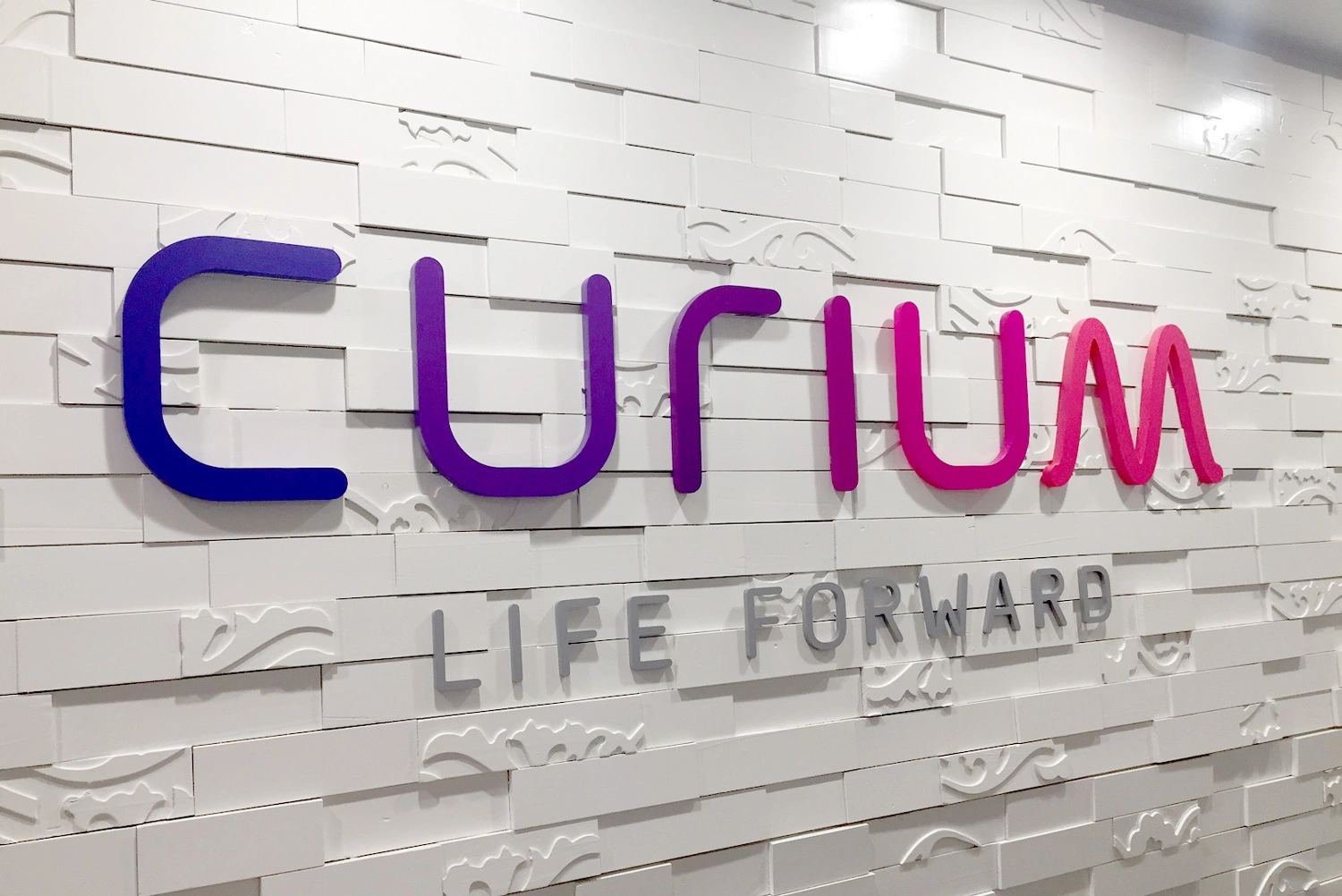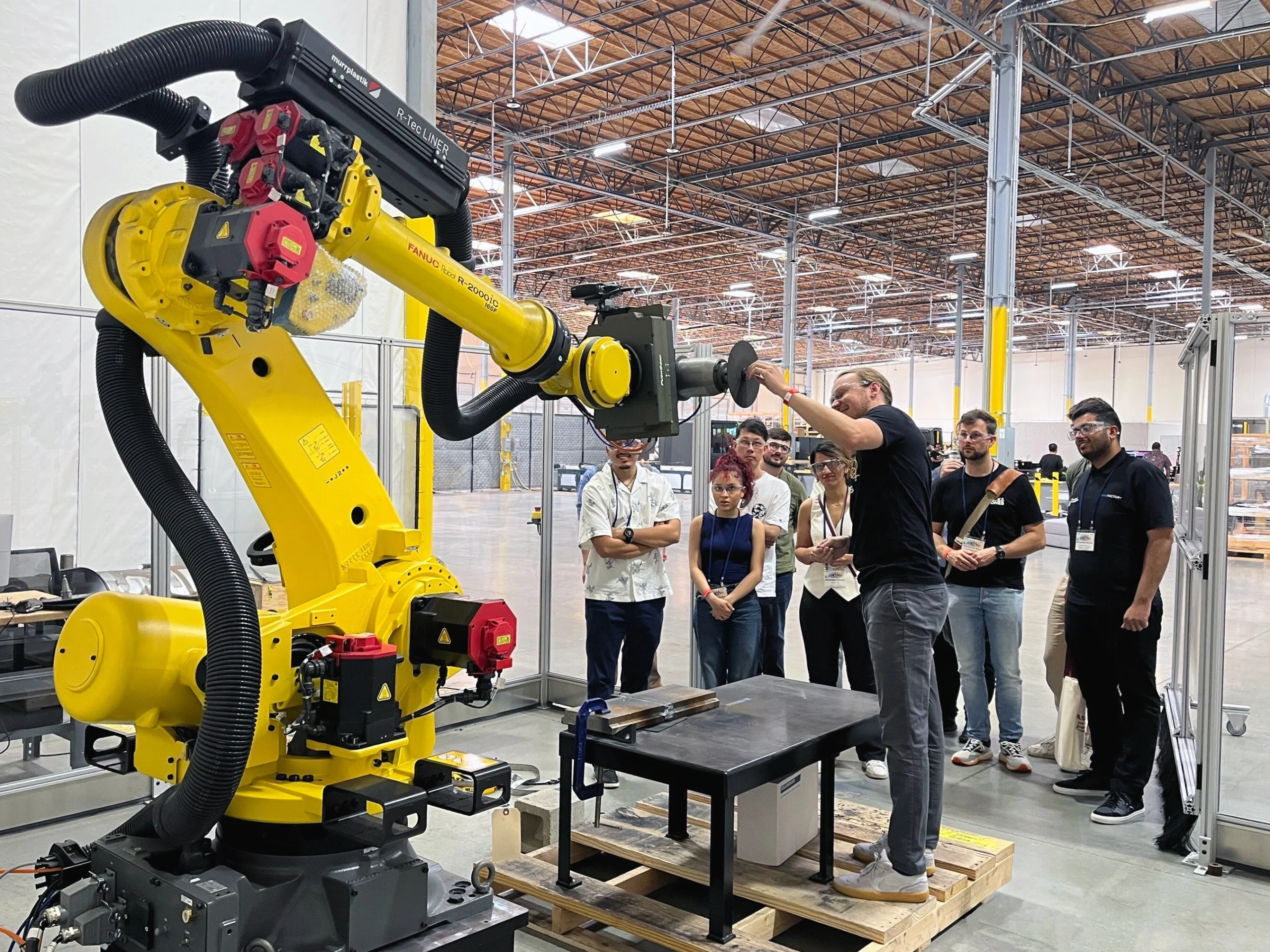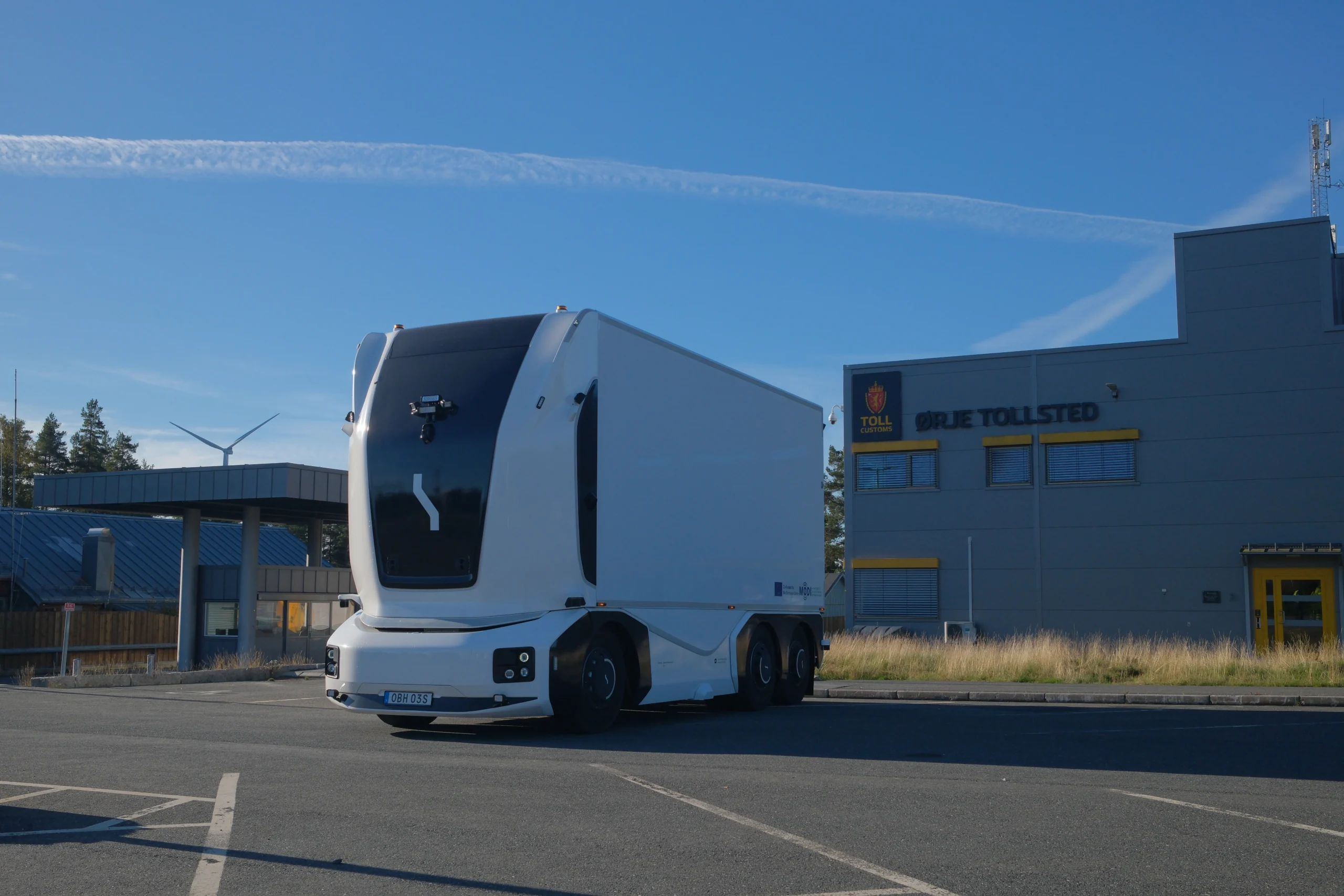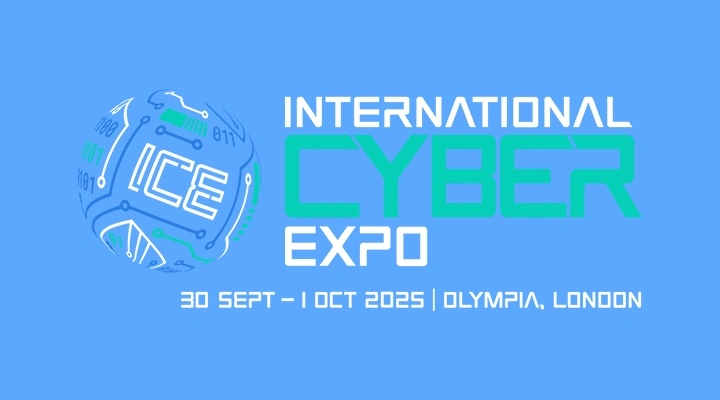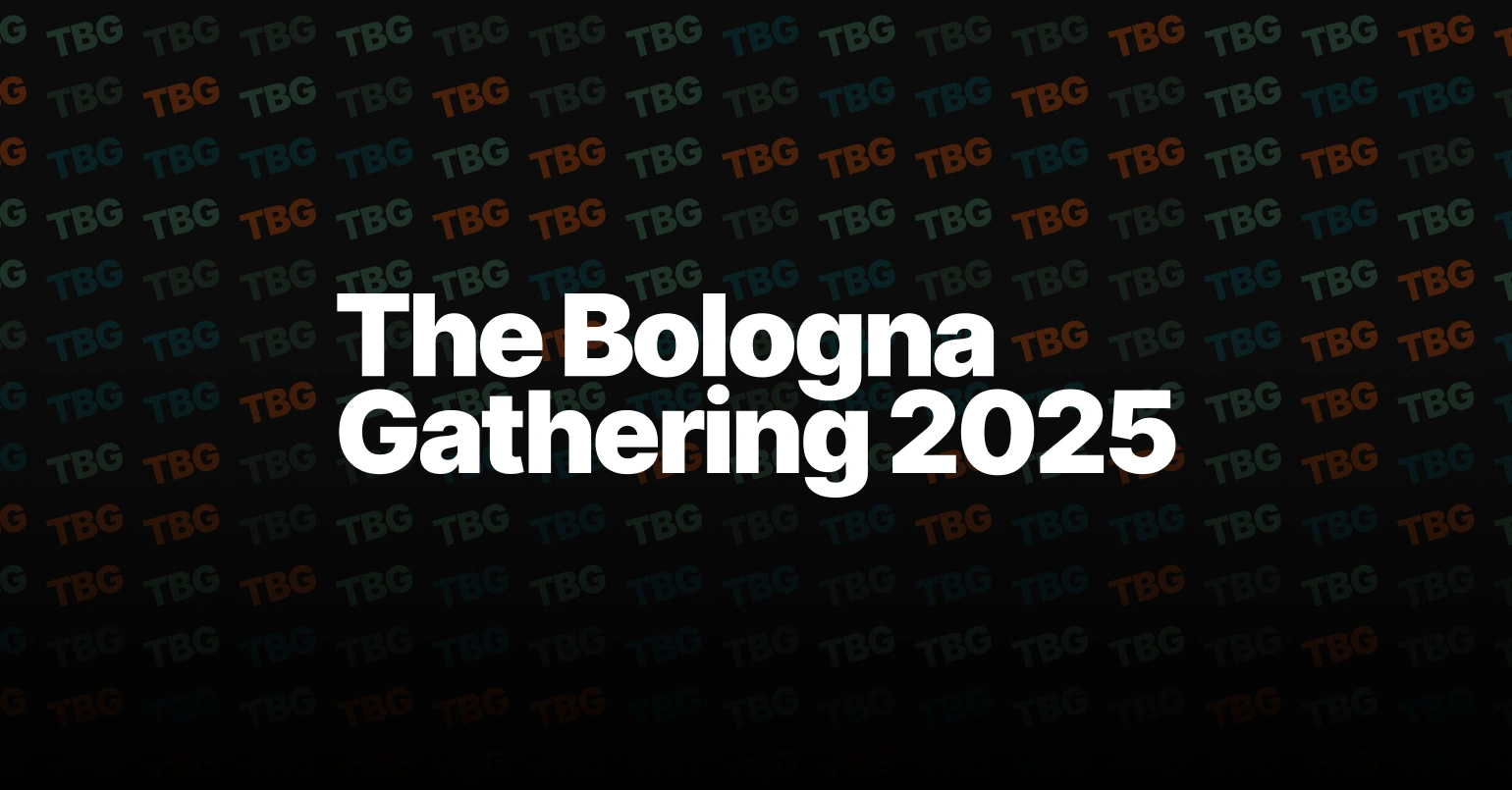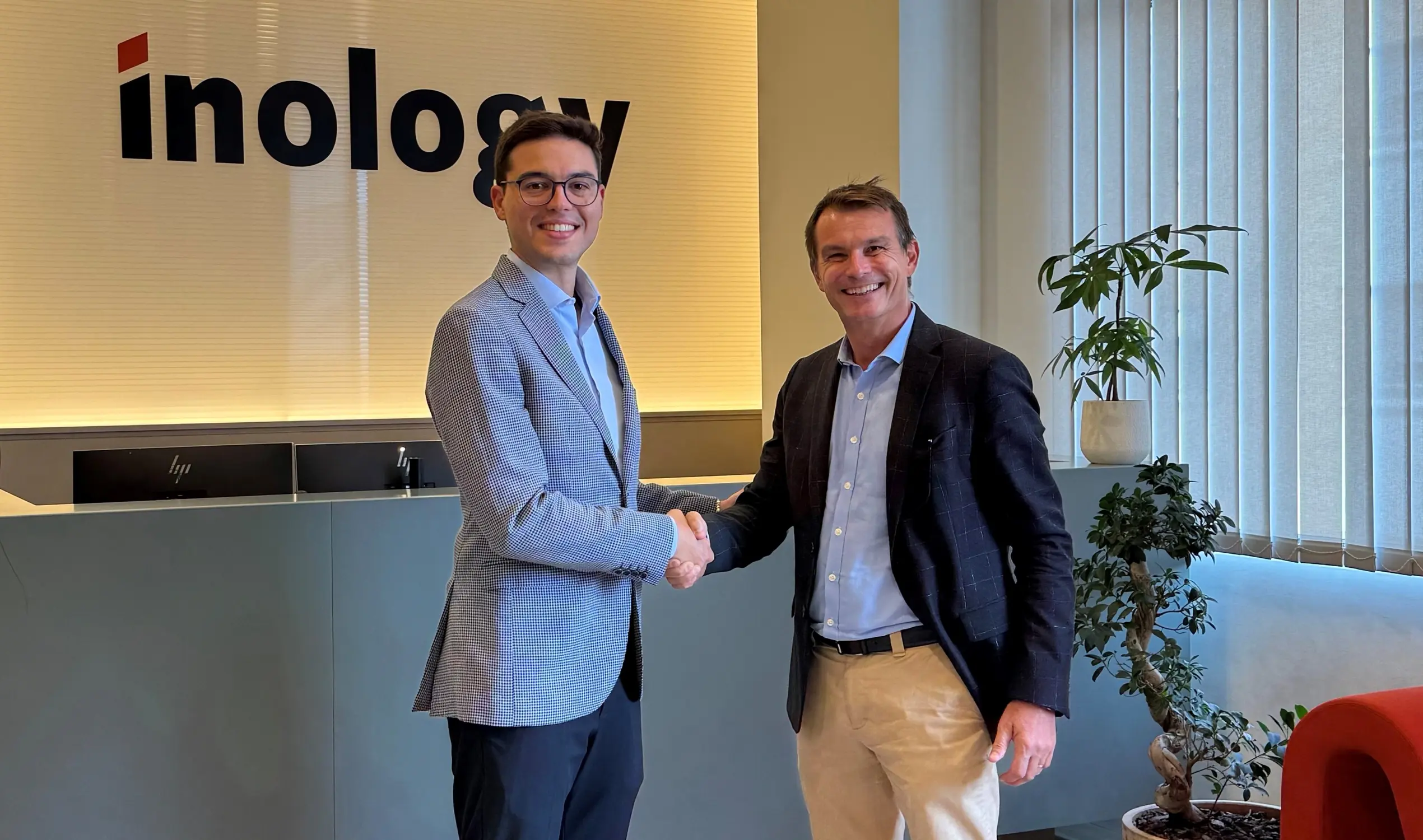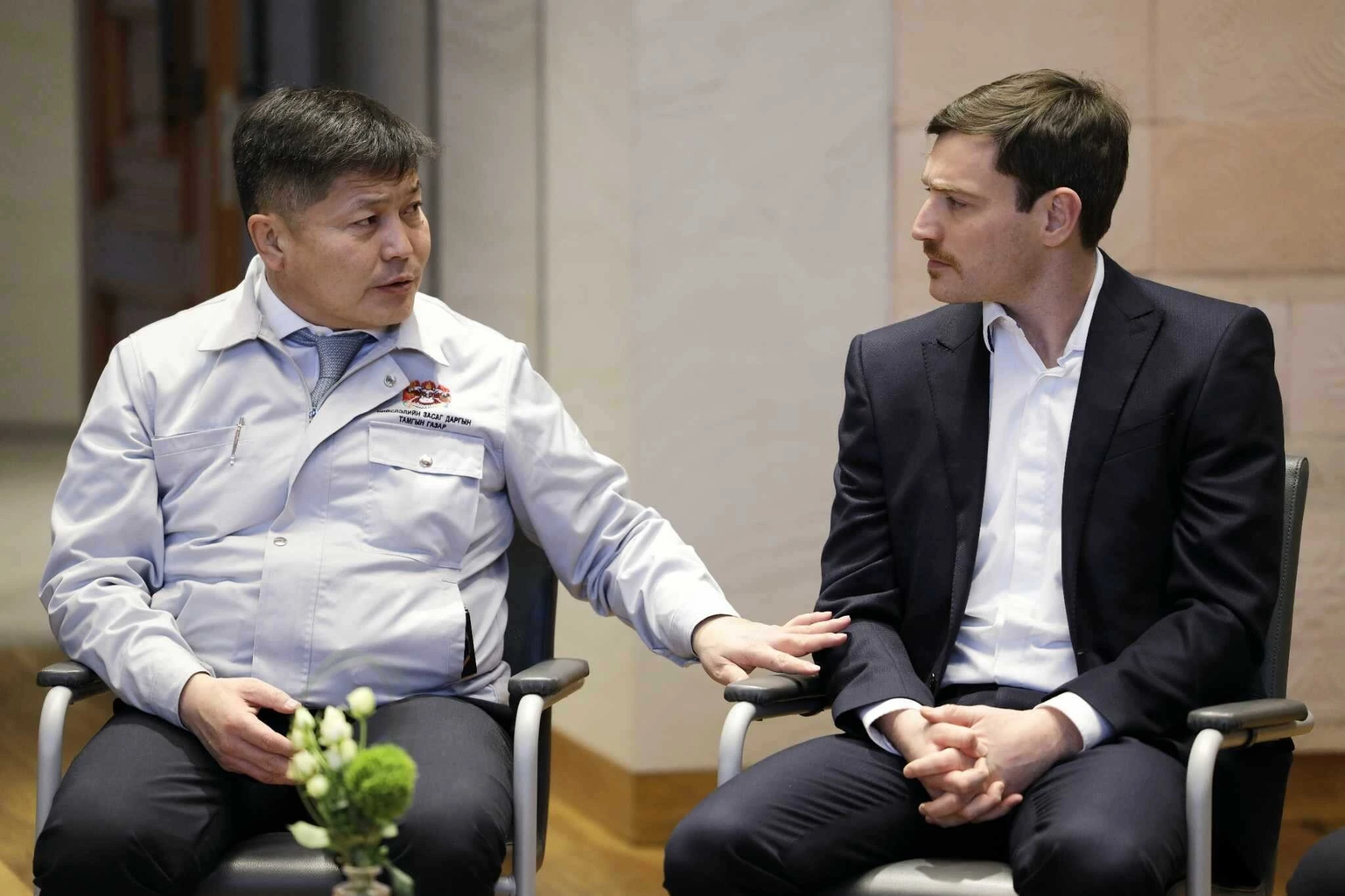People analytics: insight or intrusion?

John E. Kaye
- Published
- Technology

People analytics: What would it mean for your organisation if you had the means to show which of your teams were most productive, and why? And what would it mean for your company’s bottom line if you could access raw data that showed large parts of your physical estate were barely being used by staff?
A number of new technologies, known as ‘people analytics’ are attempting to answer these questions. By using sensors placed around the office, as well as tracking activity on company IT systems, proponents of these tools claim they help executive decision-makers with everything from saving on energy bills, to supporting diversity and inclusion programmes, to improving productivity. However, is it really a good idea to track employees, and what are the risks involved?
Neutral, independent metrics
Occupeye is the product of Blackburn-based company Cad-Capture. Occupeye deployments involve placing battery-powered sensors under office desks. The sensors can tell if a person is physically siting at the table and send this information back to a central system. From there, clients can use the data collected for all sorts of purposes.
For instance, if you have a hot-desking policy, Occupeye can tell you which desks are busy and where space is free. For employees, this can be presented on a screen in a reception area so they can simply walk straight to free desks or meeting rooms when needed.
Meanwhile, office managers can use the information make big savings. Are employees actually only using 60% of your office space? Could that space be used more effectively, or let out to other businesses?
Humanyze, a start-up spun out of the Massachusetts Institute of Technology, uses an even more personalised approach to monitoring. The firm has produced employee ID badges that include a sensor which monitors how staff move around the office and interact. While the badge does not record conversations, and anonymises data, it is able to record how often various team members spend talking, and for how long. The data collected from the badge is also linked with software on company systems, which monitors how often each employee connects with others over email.
Katie Wah, Humanyze’s Marketing Director told me how this is used by one of their clients, a FTSE 500 oil and gas company. The company wanted to increase the number of employees at a plant, but didn’t have enough office space to accommodate them all on the main premises. They therefore needed to relocate some staff outside of the main plant, yet they didn’t know which teams it would be best to keep in the main building.
“Using ‘Elements’ (a Humanyze product), they measured the volume and frequency of interactions and mapped time spent in each part of the campus. They knew that the Operations and Mechanical teams were critical and needed to have offices at the plant because they ran the plant’s production and maintenance. Out of the remaining 10 teams, the company didn’t know which teams communicated with whom,” Wah said.
She then explained how the badge and email data that the technology collected helps: “By analysing digital and badge data, the company discovered four teams that spoke often with the operation and mechanical teams and were critical to productivity. The remaining six teams emailed and communicated digitally with other teams, but not as frequently. With this information, the company felt confident moving the non-critical teams.”
Employees wearing Humanyze technologyBig brother or big benefits?
Proponents of these tools argue that their technology simply provides data on which businesses can make useful decisions. Rather than making choices based on anecdotal evidence or prejudice, the data collected is entirely neutral.
However, Professor Kirstie Ball of St Andrews University, and a specialist in surveillance, is not convinced: “It seems like these tools are trying to take the place of good management – they assume the manager doesn’t know how their team is performing. But that is part of the skill of management; being emotionally attuned to your team and knowing how they’re getting on.”
While Professor Ball acknowledges that collecting data in this way can provide useful information for decision-making, she also believes, “all this technology does is collect additional data which is combined with all the other data you already have on staff performance”.
Ultimately, data collection is just a sticking plaster. If companies believe that collecting increasing amounts of information can solve internal problems, they are really trying to solve a social problem by throwing technology at it.
Ramya Yarlagadda, Research Adviser at the CIPD, the UK’s professional body for HR and people development, also has her doubts and points to the issues of trust that these tools raise: “By placing sensors and tracking employees, organisations are starting the employer-employee relationship from a place of mistrust, and this can never be good.”
Yarlagadda also highlights justifiable privacy concerns employees have: “People are genuinely and rightly concerned about how these technologies are being used, and the impact they could have on their privacy.” She adds: “Businesses need to treat their employees as adults and trust them to do a good job. The days of tracking employees and their outputs – which is especially difficult to do so in the service sector – will only push back the progress we have made so far in strengthening employer-employee relations.”
To be fair to the companies providing these tools, they acknowledge that privacy and trust is essential when using their tech. Wah explains: “We abide by three main privacy principles: give employees the choice to opt-in, aggregate and anonymise all data, and do not record any communication content. As a result of being transparent with employees and giving them the choice to opt-in, we’ve received an 85% opt-in rate for all of our client projects.”
Do we want to be monitored? Professor Ball highlights that, if deployed in a transparent manner, these monitoring technologies can increase employee trust in the business – as long as staff can have control over the information and understand how it is being used. Yarlagadda was also keen to stress the importance of involving staff in deciding whether to use such tools: “Organisations must involve their people in the discussions. They should have honest and open debates on the rationale for implementing technological tools in the workplace, and the impact they might have – both positive and negative – on staff and the organisation.”
There are obvious benefits to this kind of technology, and if deployed in a transparent way, they have the potential to streamline the way an organisation is run. However, as this new technology becomes more widespread, there needs to be clearer rules around how and when it can be used. As Professor Ball explains: “It is very easy for the original purpose of the technology to change, and that’s where issues arise.”
Sign up to The European Newsletter
RECENT ARTICLES
-
 AI innovation linked to a shrinking share of income for European workers
AI innovation linked to a shrinking share of income for European workers -
 Europe emphasises AI governance as North America moves faster towards autonomy, Digitate research shows
Europe emphasises AI governance as North America moves faster towards autonomy, Digitate research shows -
 Surgeons just changed medicine forever using hotel internet connection
Surgeons just changed medicine forever using hotel internet connection -
 Curium’s expansion into transformative therapy offers fresh hope against cancer
Curium’s expansion into transformative therapy offers fresh hope against cancer -
 What to consider before going all in on AI-driven email security
What to consider before going all in on AI-driven email security -
 GrayMatter Robotics opens 100,000-sq-ft AI robotics innovation centre in California
GrayMatter Robotics opens 100,000-sq-ft AI robotics innovation centre in California -
 The silent deal-killer: why cyber due diligence is non-negotiable in M&As
The silent deal-killer: why cyber due diligence is non-negotiable in M&As -
 South African students develop tech concept to tackle hunger using AI and blockchain
South African students develop tech concept to tackle hunger using AI and blockchain -
 Automation breakthrough reduces ambulance delays and saves NHS £800,000 a year
Automation breakthrough reduces ambulance delays and saves NHS £800,000 a year -
 ISF warns of a ‘corporate model’ of cybercrime as criminals outpace business defences
ISF warns of a ‘corporate model’ of cybercrime as criminals outpace business defences -
 New AI breakthrough promises to end ‘drift’ that costs the world trillions
New AI breakthrough promises to end ‘drift’ that costs the world trillions -
 Watch: driverless electric lorry makes history with world’s first border crossing
Watch: driverless electric lorry makes history with world’s first border crossing -
 UK and U.S unveil landmark tech pact with £250bn investment surge
UK and U.S unveil landmark tech pact with £250bn investment surge -
 International Cyber Expo to return to London with global focus on digital security
International Cyber Expo to return to London with global focus on digital security -
 Cybersecurity talent crunch drives double-digit pay rises as UK firms count cost of breaches
Cybersecurity talent crunch drives double-digit pay rises as UK firms count cost of breaches -
 Investors with €39bn AUM gather in Bologna to back Italy’s next tech leaders
Investors with €39bn AUM gather in Bologna to back Italy’s next tech leaders -
 Axians and Nokia expand partnership to strengthen communications infrastructure across EMEA
Axians and Nokia expand partnership to strengthen communications infrastructure across EMEA -
 Forterro buys Spain’s Inology to expand southern Europe footprint
Forterro buys Spain’s Inology to expand southern Europe footprint -
 Singapore student start-up wins $1m Hult Prize for education platform
Singapore student start-up wins $1m Hult Prize for education platform -
 UK businesses increase AI investment despite economic uncertainty, Barclays index finds
UK businesses increase AI investment despite economic uncertainty, Barclays index finds -
 Speed-driven email security: effective tactics for phishing mitigation
Speed-driven email security: effective tactics for phishing mitigation -
 Short circuit: humanoids go for gold at first 'Olympics for robots'
Short circuit: humanoids go for gold at first 'Olympics for robots' -
 New IBM–NASA AI aims to forecast solar flares before they knock out satellites or endanger astronauts
New IBM–NASA AI aims to forecast solar flares before they knock out satellites or endanger astronauts -
 AI is powering the most convincing scams you've ever seen
AI is powering the most convincing scams you've ever seen -
 British firm Skyral to help Mongolia tackle pollution with AI traffic modelling
British firm Skyral to help Mongolia tackle pollution with AI traffic modelling



